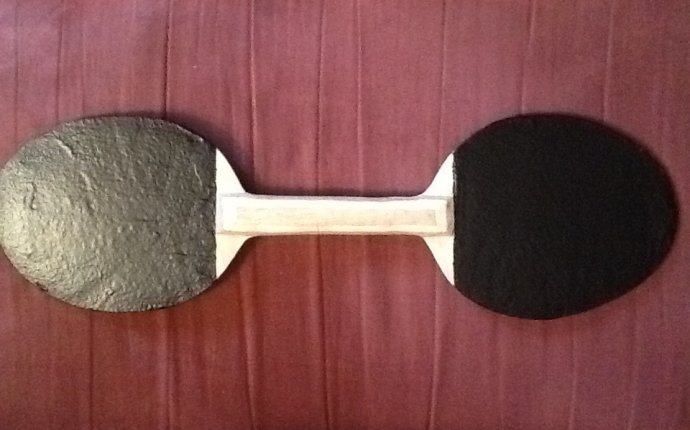
Ping pong fault rules
How do serves work in tennis? I’ve been watching the U.S. Open and the commentators seem to make a big deal over them. Why is that?
Thanks,
Titus

— — —
Dear Titus,
Great question — you’re absolutely right that tennis announcers make a big deal about serving but they don’t always explain how it works. I’ll take you quickly through how serves work in tennis, in particular, what the rules are and why they’re important to the game.
Visualize a tennis court. It’s split into two halves by the net. On each half there are three rectangles created by white lines. One big rectangle covers the half of the half farthest from the net. The area closest to the net is divided into two narrower rectangles. When a player serves the tennis ball, she has to stand outside of the boxed in area on either the right side of the court or the left. Serves from the right hand side have to cross the net in the air and bounce in the left hand small rectangle. Serves from the left hand side must do the opposite and land on the right side rectangle closest to the net on the opponents side of the court. Got it? It’s just like ping pong.
Although pros make serving look easy, it’s actually very difficult and lots of things can happen to a serve to make it illegal. This is so common that it’s not truly penalized like a foul, it’s called a fault. If a tennis player faults on his or her serve, they get a second chance. If they use their second chance to serve legally, the point goes on normally. If they fault again on the second attempt, they lose the point. The important terms here are first serve which is a player’s first attempt to start a point, second serve which is any serve preceded by a fault, and double fault which is when a serving player’s opponent gets a point because the server faulted two times in a single service attempt.
A fault can come for many reasons. The most common is that the serve fails to land in the correct opposite rectangle either because it gets stopped by the net or because it lands outside of the box. The only other reason I knew of off the top of my head was a “foot fault” which happens when a serving player steps on or over the baseline when they are serving. According to Wikipedia there are some other ways to fault on a serve but they don’t happen very often. One exception to the fault rule that does happen pretty often is when the ball hits the net but goes over and lands in the proper serving box. When this happens, it’s called a let and the serving player just gets a do-over. If they are on their first serve, they’re still on their first serve. If they are on their second, they are still on their second. If you’ve watched enough tennis, you’ve seen a player win a point because, in the normal course of play, they hit the net and the ball skips over and falls into their opponent’s side of the court. The player who won the point usually holds up their hands in a universal “I’m sorry, that was luck” gesture. It’s good sportsmanship but I think it may stem from this rule that establishes the idea that hitting the net shouldn’t be good for either player.
Serves are important because they carry a significant advantage to the player serving the ball. According to the ATP World Tennis Tour’s









